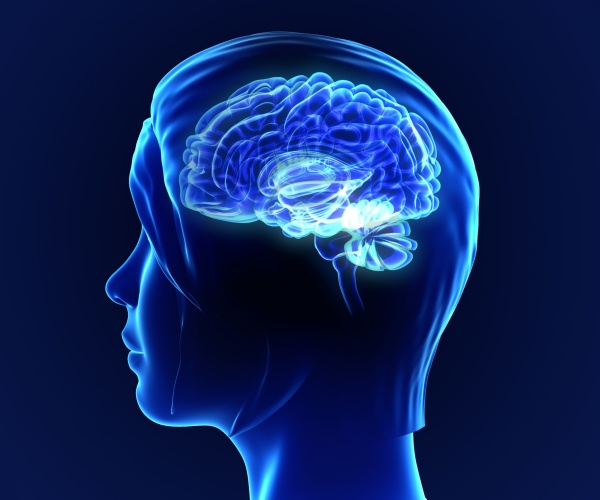Study: Human brain lives 15 seconds ‘In the Past’

By Zoe Papadakis From Newsmax
The human brain is living 15 seconds in the past, as opposed to updating your vision in real-time, in order to help you see the world with stability, a new study has found.
Researchers from the University of California-Berkeley compared their discovery to social media — our brains are constantly uploading rich, visual stimuli, not unlike Facebook or Instagram, but instead of seeing the latest image in real time, we are actually seeing earlier versions because our brain’s refresh time is about 15 seconds.
The findings provide new insight into what scientists call the “continuity field,” a function of perception in which our brain merges what we see on a constant basis to give us a sense of visual stability.
“If our brains were always updating in real-time, the world would be a jittery place with constant fluctuations in shadow, light and movement, and we’d feel like we were hallucinating all the time,” explained study senior author David Whitney, a UC Berkeley professor of psychology, neuroscience, and vision science, in a university release.
“Our brain is like a time machine. It keeps sending us back in time. It’s like we have an app that consolidates our visual input every 15 seconds into one impression so we can handle everyday life,” added study lead author Mauro Manassi, an assistant professor of psychology at Scotland’s University of Aberdeen and former postdoctoral fellow in Whitney’s lab at UC Berkeley.
To arrive at their findings, researchers explored the mechanisms behind “change blindness,” which is a term that is used to describe the subtle changes that we do not notice which occur over time, such as the difference between actors and their stunt doubles, or movie bloopers.
The team recruited 100 study participants who viewed videos of faces changing according to gender and age. The time-lapse videos lasted for 30 seconds and only included a person’s eyes, brows, nose mouth, chin and cheeks.
Participants were asked to identify the face they saw after viewing the video, and most of them consistently picked a frame they viewed halfway through the time-lapse video instead of the final one.
“One could say our brain is procrastinating,” Whitney said. “It’s too much work to constantly update images, so it sticks to the past because the past is a good predictor of the present. We recycle information from the past because it’s faster, more efficient and less work.”
The lag comes with positive and negative results, Manassi explained.
“The delay is great for preventing us from feeling bombarded by visual input in everyday life, but it can also result in life-or-death consequences when surgical precision is needed,” Manassi said. “For example, radiologists screen for tumors and surgeons need to be able to see what is in front of them in real time; if their brains are biased to what they saw less than a minute ago, they might miss something.”
Despite these potential issues, Whitney said change blindness and its effect on perception is an interesting insight into what it means to be human.
“We’re not literally blind,” he said. “It’s just that our visual system’s sluggishness to update can make us blind to immediate changes because it grabs on to our first impression and pulls us toward the past. Ultimately, though, the continuity field supports our experience of a stable world.”
© 2022 Newsmax. All rights reserved.
For more on this story go to: NEWSMAX





